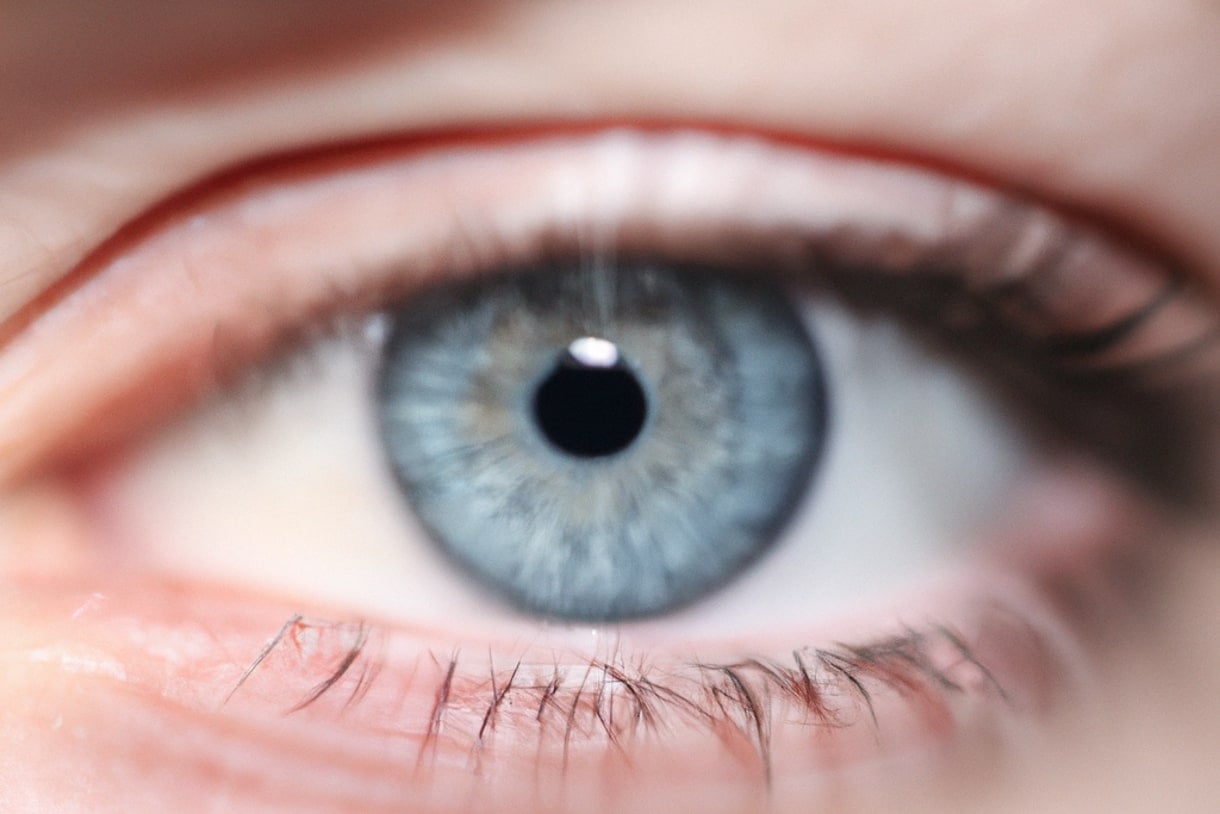Summary: Researchers have identified spatial and temporal abnormalities in spontaneous fixational saccades as a potential biomarker for cognitive and positive symptoms in schizophrenia. Researchers combined patient data of fixational eye movement recorded over 60 seconds with machine learning technology, which was able to determine schizophrenia with 85% accuracy. This discovery suggests that fixational saccades could serve as an easily obtainable complementary diagnostic tool for the condition.
Source: Chinese Academy of Science
In a study published online in the Schizophrenia Bulletin, researchers from Dr. Wang Wei’s lab at the Center for Excellence in Brain Science and Intelligence Technology of the Chinese Academy of Sciences, and Dr. Wang Jijun’ team at Shanghai Mental Health Center, Shanghai Jiao Tong University School of Medicine, demonstrated spatial and temporal abnormalities of spontaneous fixational saccades and their correlates with positive and cognitive symptoms in schizophrenia, suggesting that fixational saccades are a promising and easily obtainable biomarker for cognitive and positive symptoms and for complementary diagnosis in schizophrenia.
Schizophrenia is a devastating heterogenous psychotic disorder characterized by debilitating positive symptoms, negative symptoms, and cognitive deficits. Positive symptoms include hallucinations, delusions, disorganized speech and bizarre behaviors.
Negative symptoms constitute an absence of normal functioning. Cognitive deficits are observed in the majority of people with schizophrenia involving many cognitive domains. These manifestations of schizophrenia are associated with altered neurotransmitter systems giving rise to structural and functional abnormalities of the cortical-subcortical-cerebellar circuit.
Given the central importance of seeing to humans, visual fixation is a fundamental behavioral pattern that allows people to gather information and guide decision-making. During visual fixation, microsaccades and large saccades (macrosaccades) occur spontaneously and frequently.
These fixational saccades are sensitive to the structural and functional alterations of the cortical-subcortical-cerebellar circuit, and are closely linked with cognitive processes. However, the performances of fixational saccades in patients with schizophrenia remain largely unexplored.
In this study, researchers analyzed fixational saccades recorded from 140 drug-naïve patients with first-episode schizophrenia and 160 age-matched healthy subjects during ten separate six-second attempted fixations.

They found that patients with schizophrenia exhibited significantly more vertical saccades and a greater vertical deviation of horizontal saccades. They also found that the fixational saccades, especially horizontal saccades, had longer durations, faster peak velocities, and larger amplitudes in patients than in controls.
Through careful measurements of the schizophrenia patient’s cognitive capacities, researchers found that the longer duration of horizontal saccades was associated with lower cognitive performance, especially deficits in attention/vigilance and speed of processing, and that the greater vertical deviation of horizontal saccades was associated with more severe positive symptoms.
Based solely on the fixational eye movements recorded during a one-minute period, a simple machine-learning model classified patients and controls with an accuracy of 85%.
The findings of this study demonstrated that fixational saccades are a promising and easily obtainable biomarker for cognitive and positive symptoms and for complementary diagnosis in schizophrenia.
About this schizophrenia research news
Author: Press Office
Source: Chinese Academy of Science
Contact: Press Office – Chinese Academy of Science
Image: The image is credited to Neuroscience News
Original Research: Closed access.
“Spatial and Temporal Abnormalities of Spontaneous Fixational Saccades and Their Correlates With Positive and Cognitive Symptoms in Schizophrenia” by Xu Liu et al. Schizophrenia Bulletin
Abstract
Spatial and Temporal Abnormalities of Spontaneous Fixational Saccades and Their Correlates With Positive and Cognitive Symptoms in Schizophrenia
Background and Hypothesis
Visual fixation is a dynamic process, with the spontaneous occurrence of microsaccades and macrosaccades. These fixational saccades are sensitive to the structural and functional alterations of the cortical-subcortical-cerebellar circuit. Given that dysfunctional cortical-subcortical-cerebellar circuit contributes to cognitive and behavioral impairments in schizophrenia, we hypothesized that patients with schizophrenia would exhibit abnormal fixational saccades and these abnormalities would be associated with the clinical manifestations.
Study Design
Saccades were recorded from 140 drug-naïve patients with first-episode schizophrenia and 160 age-matched healthy controls during ten separate trials of 6-second steady fixations. Positive and negative symptoms were assessed using the Positive and Negative Syndrome Scale (PANSS). Cognition was assessed using the Measurement and Treatment Research to Improve Cognition in Schizophrenia Consensus Cognitive Battery (MCCB).
Study Results
Patients with schizophrenia exhibited fixational saccades more vertically than controls, which was reflected in more vertical saccades with angles around 90° and a greater vertical shift of horizontal saccades with angles around 0° in patients. The fixational saccades, especially horizontal saccades, showed longer durations, faster peak velocities, and larger amplitudes in patients. Furthermore, the greater vertical shift of horizontal saccades was associated with higher PANSS total and positive symptom scores in patients, and the longer duration of horizontal saccades was associated with lower MCCB neurocognitive composite, attention/vigilance, and speed of processing scores. Finally, based solely on these fixational eye movements, a K-nearest neighbors model classified patients with an accuracy of 85%.
Conclusions:
Our results reveal spatial and temporal abnormalities of fixational saccades and suggest fixational saccades as a promising biomarker for cognitive and positive symptoms and for diagnosis of schizophrenia.






